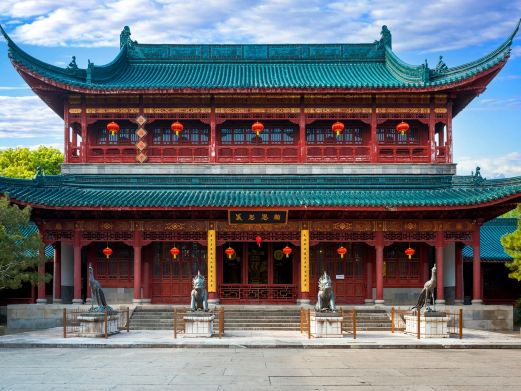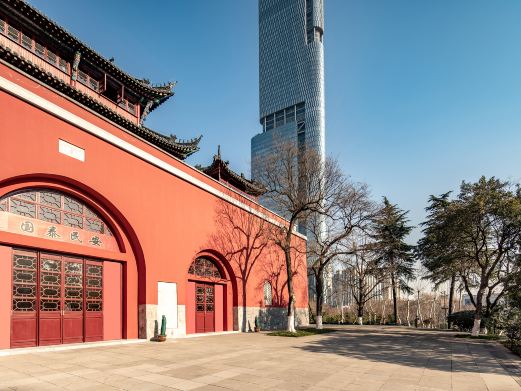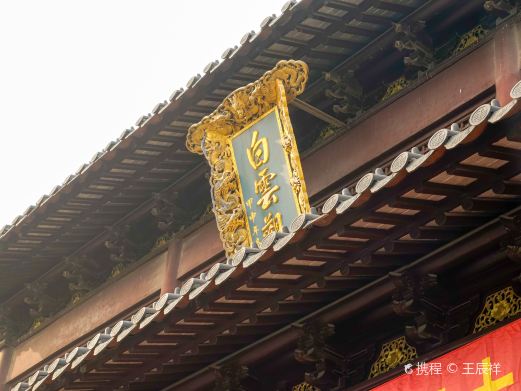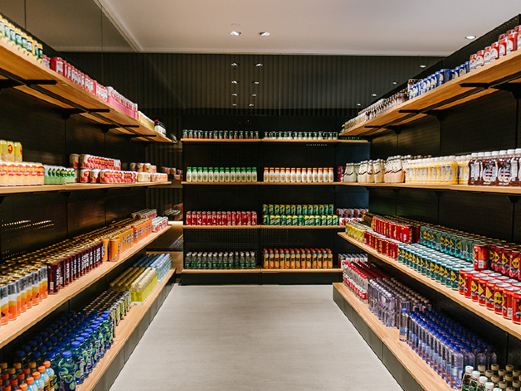Xi Opera originated in the rural areas of Wuxi and Changzhou, initially as a form of entertainment where villagers used local folk songs and tunes to narrate stories, known as ‘Dongxiang Tune’. It later evolved into the quyi form known as ‘Tan Huang’. Around the time of the Xinhai Revolution, ‘Tan Huang’ entered Shanghai and became known as ‘Changxi Wen Opera’, a renowned tune in the Jiangnan region, and is collectively referred to with Yue Opera and Huangmei Opera as the three major operas of Eastern China. The Xi Opera Museum consists of two main parts: the exhibition hall and the opera stage, with the entire building imbued with traditional Jiangnan architectural style and elements. The exhibition statically presents the history of the birth, development, prosperity, and inheritance of Xi Opera, displaying over 3000 pieces of related historical materials such as text, images, and artifacts. The opera stage continues the static display of the museum’s exhibits, dynamically showcasing the charm of Xi Opera art, and has successfully explored and innovated the display form of professional opera museums. The opening hours and specific business status are subject to the actual opening conditions on the day.
Xi Opera Museum
Xi Opera originated in the rural areas of Wuxi and Changzhou, initially as a form of entertainment w[...]









